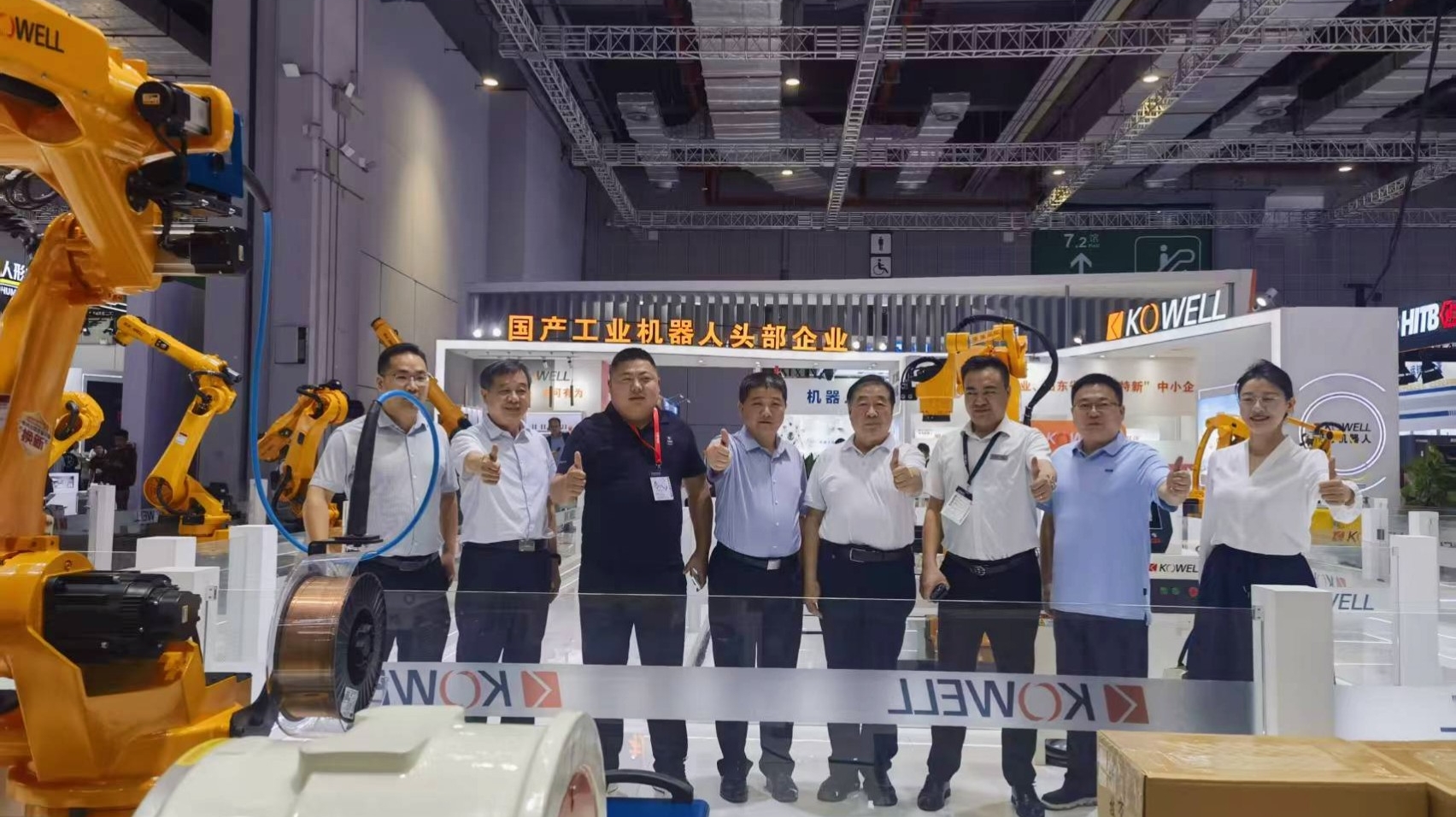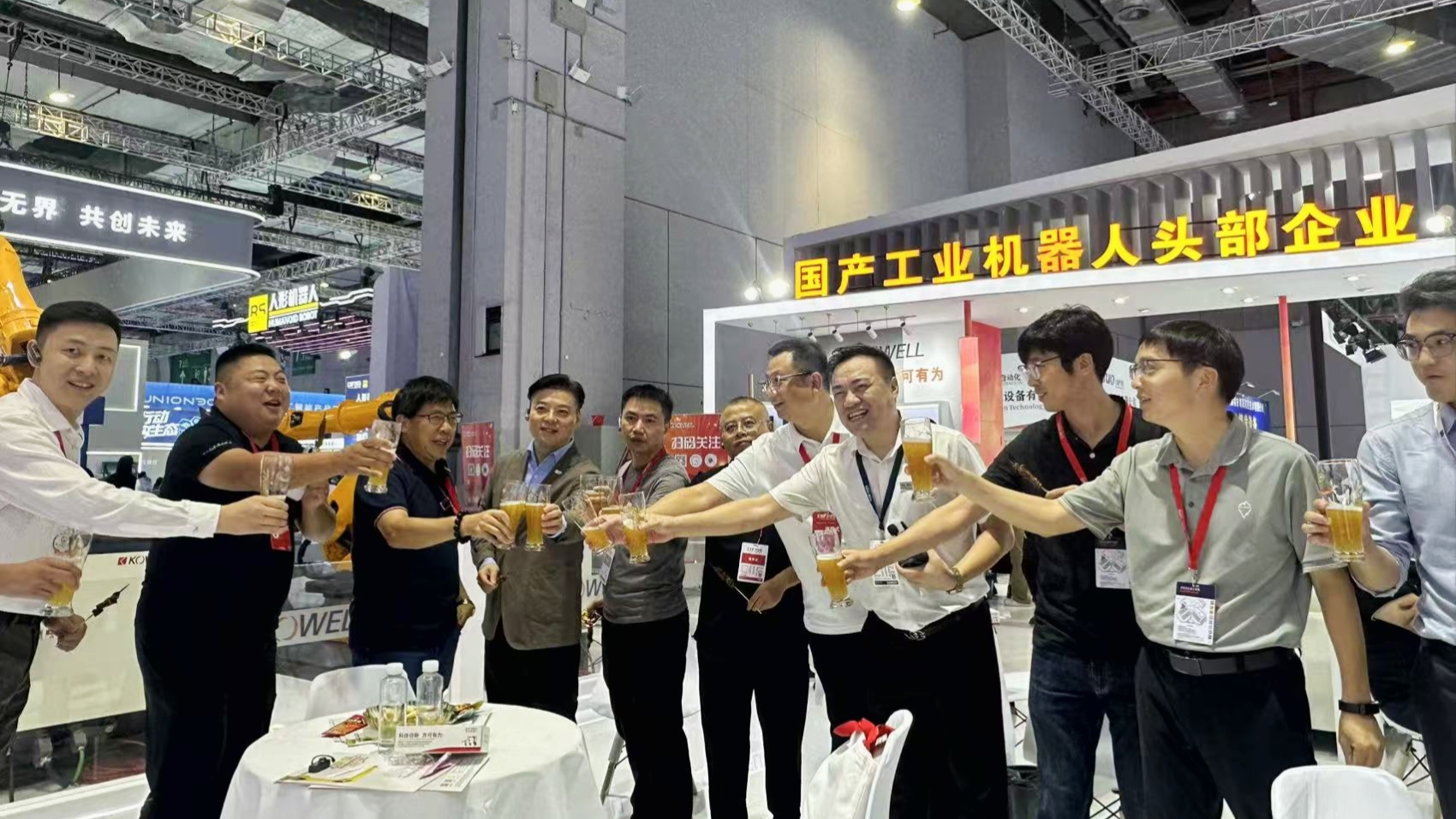In the wave of transformation and upgrading of the manufacturing industry, the palletizing link, as a key hub connecting production and warehousing, is facing challenges that cannot be underestimated. With the rising labor costs, the surge in personalized order needs, and the prominent bottleneck of production efficiency, traditional palletizing methods can no longer meet the needs of modern industry. Although the market demand for palletizing robots is strong, there are still many pain points in the development of the industry. According to multiple data, although the market size of China's industrial palletizing robots will increase in 2024, in actual deployment and application, it still faces problems such as poor product compatibility, low programming efficiency, and high equipment costs, which restrict the further development of the industry.
In the production process, factors such as the diversity of product specifications and differences in packaging materials make it difficult for robots to achieve compatibility and compensation when executing fixed programs, and frequent line changes seriously affect production efficiency; at the same time, most palletizing robot programming relies on manual teaching or complex offline programming, with long debugging cycles and poor adaptability, which makes it difficult to meet the needs of flexible production. In addition, the high price and long cost recovery cycle of palletizing robots on the market make small and medium-sized enterprises discouraged.
In the face of these industry challenges, Kewei Robotics, relying on its deep technical accumulation and innovative ideas, launched a graphic drag intelligent palletizing system, which completely subverted the traditional operation mode with the core technology of "programming-free", and provided efficient and flexible palletizing solutions for the manufacturing industry.
1. Hardware and software work together to create outstanding performance
Kewei's palletizing robot uses high-strength alloy structure and precision transmission system in hardware, with excellent load capacity and motion stability. Its end effector can quickly replace different fixtures, adapt to a variety of products such as cartons, bags, and barrels, improve impact resistance by 40%, and extend its service life to 1.5 times the industry standard. At the software level, it is equipped with a self-developed intelligent control system, which optimizes the motion trajectory through a real-time dynamic model, and the palletizing accuracy can reach ±0.2mm, effectively avoiding the risk of collision and dumping of goods.
2. Graphic drag free programming, achieving minute-level deployment
Kewei's graphic drag intelligent palletizing system completely breaks the programming barriers. Users only need to drag the product model and set the palletizing parameters (such as the number of layers, arrangement method, and grab points) through an intuitive graphical interface, and the system can automatically generate the optimal palletizing path based on algorithm iteration.
Even in the face of complex special-shaped products or irregular pallet types, programming can be completed quickly. Compared with the debugging cycle of traditional offline programming that takes several hours or even days, the Kewei system compresses the programming time to within 10 minutes, greatly improving the efficiency of production line changeover and adapting to small batch and multi-variety production scenarios.

3. Full scene adaptation and release of flexible production potential
Whether it is carton palletizing in the food and beverage industry, barrel handling in the chemical industry, or stacking of large components in the home appliance industry, the Kewei intelligent palletizing system can achieve precise operations through flexible configuration. For example, in the 3C electronic production line, facing the rapid switching of dozens of product models every day, the Kewei system can complete the palletizing program switching based on product information without the intervention of personnel with rich programming experience, increasing production efficiency by 60% and reducing labor costs by 70%.
As the manufacturing industry accelerates towards intelligence and flexibility, Kewei's graphic drag intelligent palletizing system is becoming a tool for enterprises to reduce costs and increase efficiency with its core advantages of "zero programming threshold, full-scene adaptation, and outstanding efficiency". In the future, Kewei Robotics will continue to deepen its roots in the field of industrial automation, promote the inclusive application of palletizing robots in more industries through technological innovation and ecological cooperation, and help China's manufacturing industry accelerate its intelligent transformation.
About Kewei
Shandong Kewei Robotics Co., Ltd. and Shandong University jointly established the "Shandong University-Kewei Robotics Research Center", introduced Shandong University's advanced robot research and development technology, combined with the company's own production technology advantages, and jointly established a cutting-edge and innovative industry-university-research cooperation base to create a domestic robot brand with truly independent intellectual property rights.
At present, Kewei Robotics' products focus on a full range of industrial robots, and the products will be widely used in various "machine replacement" production links.
The company adheres to the development concept of "advocating science and technology first", gives full play to the basic concept of "theoretical research as the guide, engineering application as the foundation" of the School of Control Science and Engineering of Shandong University, and adheres to the development concept of "scientific and technological innovation, can be successful", striving to create a domestic robot brand that is truly comparable to international first-line brands! Contribute scientific strength to the development of new quality productivity and the realization of Chinese-style modernization!

Online Consultation
Hello, the current customer service is offline. You can leave your contact information and the staff will respond to you as soon as possible!



![[CIIF Day 4: Technology In-Depth] Kewei Robotics Drives Intelligent Manufacturing with Innovation, Leading the Wave of Industrial Transformation](https://cdn.cnyandex.com/kw_en/uploads/9.26.1.jpg)


![[CIIE First Day: Exploding the House] Kewei Robotics made a stunning appearance at the CIIE, ushering in a new paradigm for intelligent manufacturing!](https://cdn.cnyandex.com/kw_en/uploads/9.23.1.jpg)